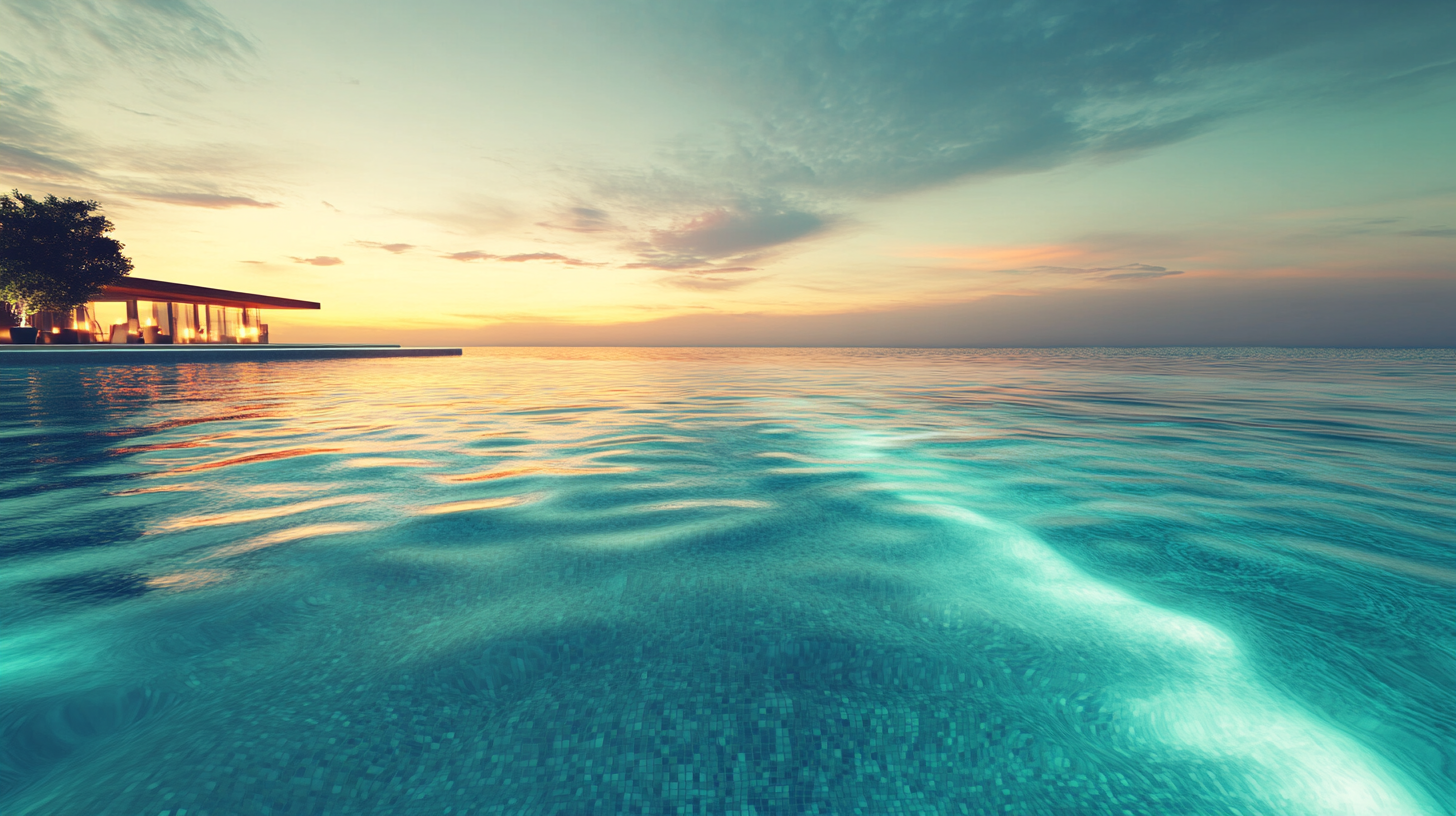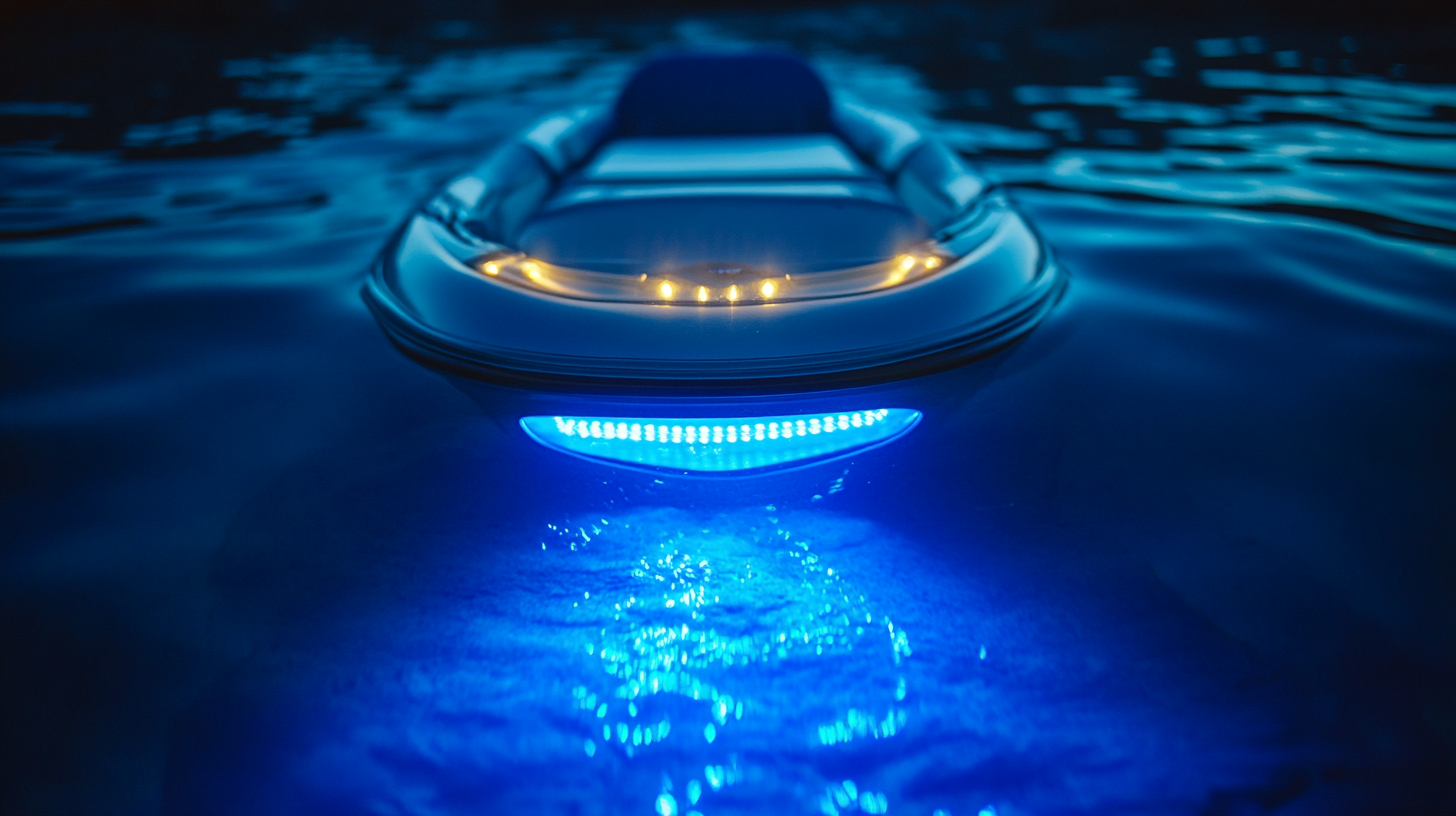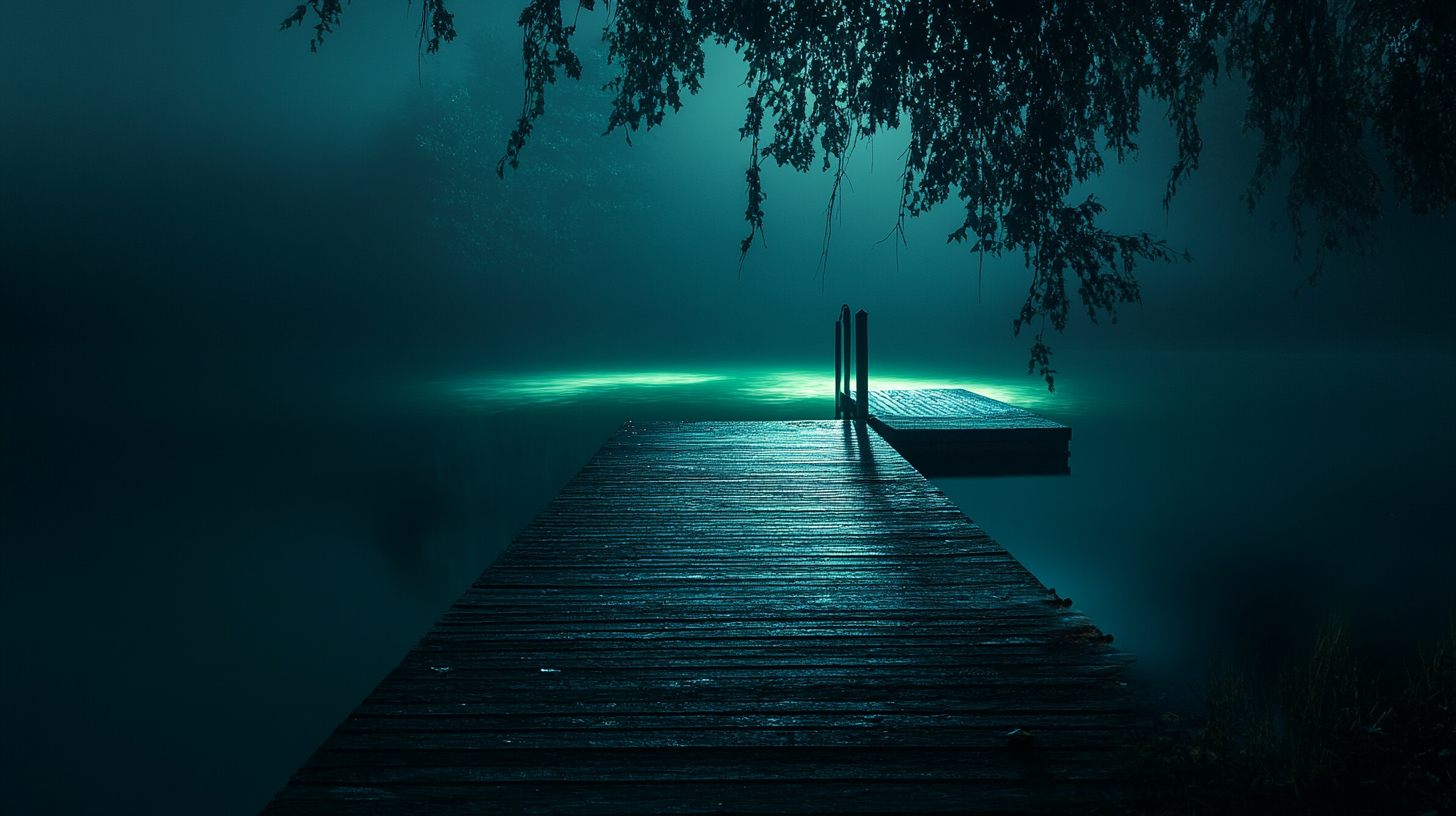How to avoid glare with underwater pool lights
When it comes to creating an inviting and well-lit swimming pool, understanding the phenomenon of glare is crucial. Glare from underwater pool lights can be more than just a minor annoyance; it can interfere with the enjoyment and safety of your pool area. Essentially, glare happens when the light is too intense or improperly directed, causing reflections off the water’s surface that can be harsh on the eyes. This unwanted brightness can distort visibility and make the pool appear less appealing.
To avoid glare effectively, it’s essential to grasp the basic science behind light refraction and reflection. Water has a unique ability to bend (or refract) light, altering its intensity and direction. When pool lights are submerged, they interact with the water in a way that can amplify glare if not managed properly. This occurs because water’s refractive index is different from that of air, impacting how the light travels and eventually reaches our eyes.
Another key factor to consider is the color temperature and brightness of the lights themselves. Lights that are too bright or that have a color temperature that is too stark (like very cold white or blue) can increase the likelihood of causing glare. Opting for lights with a warmer color temperature can mitigate this effect by producing a softer, more diffused illumination.
Lastly, the materials used in and around the pool can also contribute to glare. Highly reflective surfaces, such as white plaster or certain tiles, can exacerbate the problem by bouncing light in unpredictable directions. Thus, understanding how different elements interact within your pool environment can help you make informed choices to avoid glare from underwater pool lights. By diving into these technical details, you can ensure a safer, more pleasant swimming experience for everyone.
Choosing the right light fixtures
Choosing the right light fixtures for your pool is a critical step in avoiding glare and optimizing your underwater illumination. With the myriad of options available in the market, it’s easy to be overwhelmed. However, by focusing on a few key aspects, you can make an informed decision that will keep your pool both safe and visually appealing.
First and foremost, consider the material and quality of the light fixtures. Opt for fixtures that are specifically designed for underwater use and made from corrosion-resistant materials like stainless steel or high-quality plastic. These materials will not only last longer but also help in directing the light more effectively, thus reducing glare.
When choosing pool lights, it’s essential to pay attention to the light’s beam angle. Narrow beam angles focus light in a smaller area and can create intense hot spots that result in glare. A wider beam angle can disperse light more evenly, creating a softer, more diffused light that is less likely to cause harsh reflections. Many high-end fixtures offer adjustable beam angles, allowing you to customize the light spread according to your needs.
Another important factor is the light’s color temperature. As previously mentioned, warmer color temperatures (around 2700K to 3000K) tend to produce a more natural and inviting glow, which helps to minimize glare. On the other hand, lights with a cooler color temperature can appear stark and contribute to the problem. Make sure to choose lights that offer the flexibility to adjust color temperatures, giving you the control to fine-tune the pool’s ambiance while avoiding excessive brightness.
Energy efficiency is another consideration that shouldn’t be overlooked. LED lights are an excellent choice because they are long-lasting, energy-efficient, and come in various color and brightness options. Many modern LED fixtures also come with dimming capabilities, allowing you to adjust the brightness levels based on your specific requirements, further helping to prevent glare.
Finally, think about integrating smart lighting systems that can be controlled via a smartphone or remote control. These systems often come with pre-programmed lighting scenes that can adapt to different times of the day or specific activities, such as evening swims or pool parties. Smart systems offer precision in lighting adjustments, making it easier than ever to maintain the perfect balance and avoid glare.
By investing in the right light fixtures, you enhance the overall experience of your pool. You’ll not only beautify your aquatic oasis but also create a safer, more comfortable environment by effectively managing and avoiding glare from your underwater pool lights.
Proper placement of lights
Positioning your pool lights thoughtfully is paramount in your quest to avoid glare and achieve the perfect underwater ambiance. Picture this: you’ve got all the right fixtures, but if they aren’t placed correctly, you could still find yourself battling unwanted brightness. So, let’s dive into how you can master the art of proper placement to keep those pool lights working in your favor.
Firstly, consider the height and depth at which you install your lights. Too close to the water’s surface, and the light may scatter and reflect off the water, causing that dreaded glare. A good rule of thumb is to position the lights at least 9 to 12 inches below the waterline. This depth helps to ensure that the light spreads evenly throughout the pool without creating harsh reflections.
Next up, think about the spacing between lights. Overcrowding your pool with too many lights can result in overlapping beams, which not only contributes to glare but also wastes energy. For standard rectangular pools, placing lights roughly 4 to 6 feet apart should suffice. This spacing allows the light to cover an adequate area without creating too much brightness in localized spots.
Also, the direction in which you point your lights makes a significant difference. Rather than aiming them straight across the pool, angle them slightly downward or towards the pool walls. This approach helps to diffuse the light more effectively and reduces the chances of beams intersecting at eye level, which is a common cause of glare. For instance, positioning lights to shine along the pool’s length can create a beautiful, continuous glow that enhances visibility without causing discomfort.
Don’t forget to consider the unique shape and features of your pool. For pools with curves, corners, or varying depths, you might need to get creative with your light positioning. Use strategically placed lights to highlight these features while ensuring an even distribution of illumination. For example, adding a light near a pool’s deep end can help illuminate that area more effectively, preventing it from appearing too dark compared to the shallow end.
If you have decorative elements like waterfalls, fountains, or statues, integrate them into your lighting plan. Placing lights behind or beneath these features can create stunning visual effects while also helping to diffuse light more evenly throughout the pool area. This not only adds a wow factor to your pool but also minimizes the potential for glare by breaking up the light patterns.
Another smart placement tip is to avoid directing lights towards seating and lounging areas around the pool. This simple adjustment can significantly reduce glare for those relaxing poolside. To achieve this, place lights on the opposite side of critical zones, such as pool steps or entry points, ensuring that the light shines away from areas where people are likely to gather or enter the pool.
Lastly, it’s always a good idea to test the lighting setup during different times of the day. The interplay between sunlight and artificial light can change throughout the day and even into the evening. By experimenting with the lights in various conditions, you can fine-tune their placement to achieve the optimal balance that minimizes glare and maximizes enjoyment.
Proper placement of underwater pool lights doesn’t just enhance the aesthetic appeal of your pool—it also plays a crucial role in ensuring safety and comfort for swimmers. By paying attention to details like height, spacing, and direction, you can effectively avoid glare and create a captivating aquatic environment for all to enjoy.
Optimal lighting angles
Ensuring the correct angles for your underwater pool lights is a pivotal aspect of avoiding glare and achieving an even distribution of light. By focusing on directing the lights properly, you’ll be able to enjoy a well-lit pool that is inviting and glare-free.
One of the most effective techniques is to angle the lights downward rather than having them point straight out. This positions the beams to illuminate the water more naturally without causing direct reflections that can result in glare. Ideally, lights should be angled at about 45 degrees. This helps in spreading the light across the pool’s surface and down to the bottom, providing balanced illumination.
In addition to angling lights downward, consider the horizontal direction of the beams. Instead of pointing lights directly towards the center of the pool, try angling them towards the pool walls or floor. This approach breaks up the light beams, creating a softer, more diffused effect. By minimizing the intensity of the beams hitting the water’s surface directly, you reduce the chances of producing harsh reflections.
For pools with interesting shapes, such as those with curves or unique contours, adjusting the angles of the lights according to the design is crucial. For instance, in a kidney-shaped pool, aim the lights towards the wider curves to ensure even light distribution. This technique not only reduces glare but also enhances the aesthetic appeal by highlighting the pool’s architectural features.
A practical method to determine the optimal angles is to use trial and error. After the initial installation, observe the pool lights at night and make necessary adjustments. Sometimes, small tweaks in the angle can make a significant difference in reducing glare and optimizing the lighting effect.
Another consideration is the lighting of key features such as steps, ladders, or underwater benches. These areas often require focused lighting to ensure safety, but care should be taken to angle these lights in a way that they illuminate the feature without causing direct reflections that might annoy swimmers.
To illustrate the benefits of proper lighting angles, consider the following table, which summarizes common angles and their impact on light distribution:
| Lighting Angle | Effect on Light Distribution |
|---|---|
| 0 degrees (straight) | Direct glare, harsh reflections |
| 30 degrees (slightly downward) | Moderate illumination, some glare reduction |
| 45 degrees (downward) | Even illumination, minimal glare |
| 60 degrees (sharply downward) | Focused light, reduced glare but smaller coverage area |
Paying attention to these details will lead to a better swimming experience, combining both aesthetics and functionality. When the lighting angles are just right, the pool becomes a visually appealing and inviting area, free from the discomfort and eye strain that glare can cause.
Utilizing these optimal angles not only enhances the visual appeal of the pool area but also ensures the safety and comfort of everyone who enjoys the space. Making these adjustments will significantly improve how the pool lights interact with the water, minimizing glare and creating a beautiful, well-lit environment.
Using accessories to diffuse light
When it comes to diffusing light and avoiding glare in your pool, accessories can make a world of difference. Picture this: the lights are perfectly placed and angled, but the glare still makes it hard to relax. That’s where these handy accessories come into play, turning your pool into a well-lit oasis.
First up, consider using light diffusers. These are designed to scatter the light in multiple directions, minimizing focused beams that can cause glare. Imagine a soft glow spreading evenly across your pool’s surface—sounds inviting, right? Diffusers often come in the form of caps or covers that can be attached to the light fixtures themselves, making them a convenient and effective solution.
Another accessory to explore is the use of color lenses. While clear lenses may produce a stark, white light that is prone to glare, colored lenses can soften this effect. Shades like blue or green can create a calming ambiance and reduce the harshness of the light. Plus, they add a fun, personalized touch to your pool’s overall aesthetic. Consider switching up the lens colors for different occasions or moods to keep things interesting.
Reflectors are also incredibly useful. These accessories redirect light away from areas where glare is most problematic, like eye level zones. Installing reflectors behind the lights can help focus the illumination downward or towards the pool walls, avoiding direct reflections that can cause discomfort. Think of them as the unsung heroes working behind the scenes to make your pool lighting more effective without being intrusive.
For a more advanced solution, you might want to invest in light controllers. These smart devices allow you to adjust the intensity and color of your pool lights remotely. Whether you’re setting up for a cozy evening swim or a lively pool party, being able to fine-tune the lighting conditions can significantly reduce glare. Light controllers often come with various modes and settings, giving you flexibility and control at your fingertips.
Don’t overlook the impact of surface covers either. Clear or translucent pool covers can reflect light in various ways, exacerbating glare. Switching to darker or opaque covers can mitigate this issue, absorbing some of the light and preventing it from bouncing directly into your eyes. This simple change can make a notable difference, especially during nighttime swimming sessions.
Finally, consider using underwater light housings with built-in anti-glare features. These housings are designed to diffuse light more effectively straight out of the box, saving you the hassle of adding additional accessories. Many modern housings come with these features integrated, offering you a streamlined, hassle-free lighting solution.
By incorporating these accessories into your pool light setup, you can seriously curb glare and create a more enjoyable and visually appealing swimming environment. Light diffusers, color lenses, reflectors, light controllers, and surface covers are all effective tools in your arsenal against annoying glare, helping you make the most of your underwater lighting investment.


